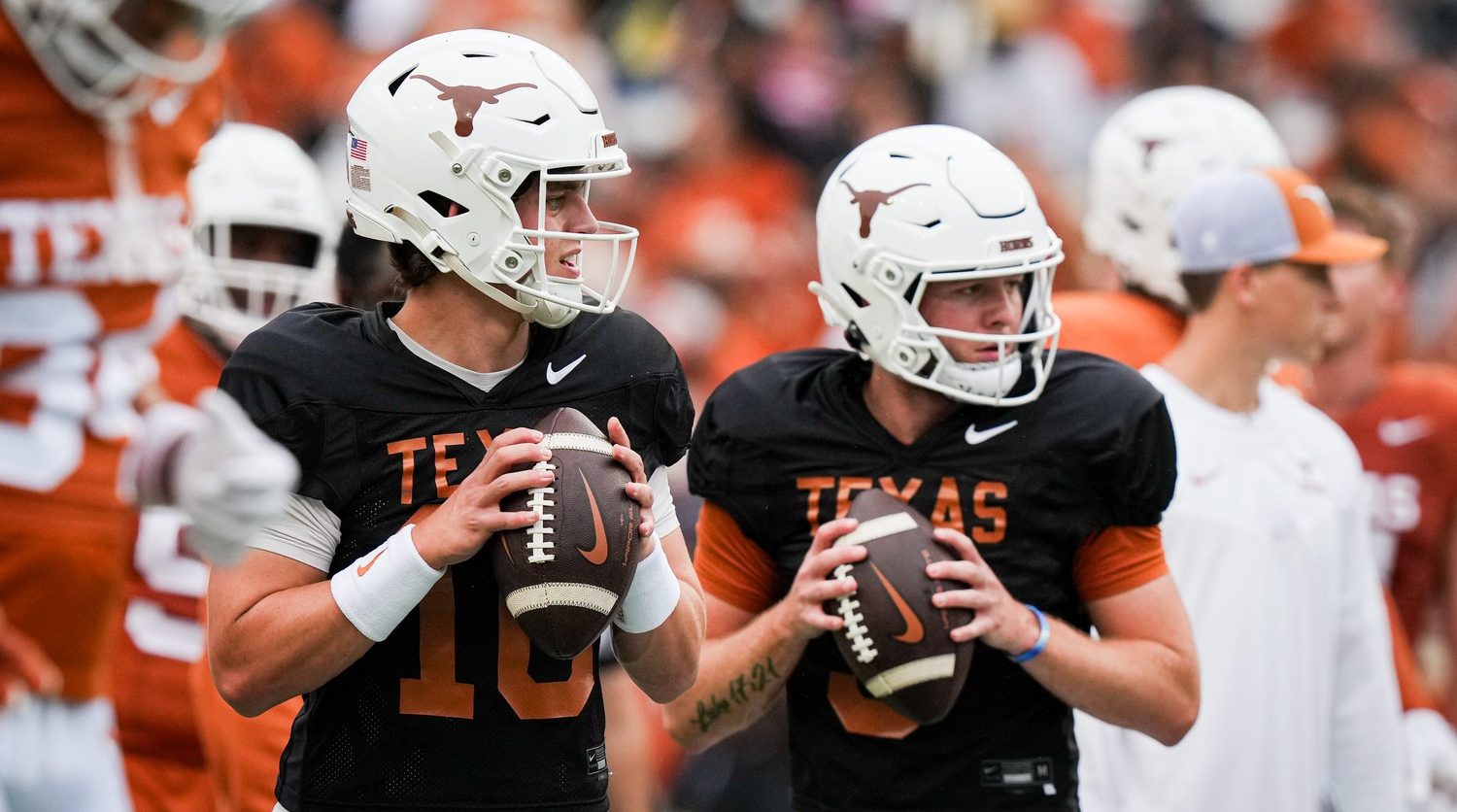Homefield advantage. Is it real? And if so, is it quantifiable?
College football fans crowd stadiums every weekend hoping to hold sway over their favorite team’s opponent and be a 12th Man that helps their team to victory in some way. But does it really happen? Would the outcome of a home game basically be the same if played someplace else?
ESPN’s Brad Edwards and Seth Walder tried to find out by crunching the numbers. They looked at every FBS team and how they fared in each home game during the past 12 seasons. They then compared those numbers to the Football Power Index* expected margin of victory.
When the stats settled, it was the Louisiana Tech Bulldogs who emerged with the best homefield advantage of anyone, performed 3.6 points per game better than they would be expected to otherwise.
ESPN did a major breakdown of home-field advantage in college footballhttps://t.co/wqWolc0ZW9 pic.twitter.com/yPwbsq3KfS
— Andrew Doughty (@DoughtyBetMGM) September 1, 2017
When it comes to Power 5 programs, the best homefield advantages can apparently be found in the Big 12 and Pac-12. Kansas State led the schools in that category, performing 3.31 points above expectation, second-best of anyone. They’re followed by Colorado (2.93) and Arizona State (2.73). Iowa State showed up at No. 6 (2.54) and Wisconsin cracked the top ten for the Big Ten with a 2.39 points per game above expectation.
Looking for college football’s blue bloods? You’ll have to go down to No. 13 where Oklahoma shows up. Otherwise, the top 25 is a mixture of non-Power 5 schools and mostly middle-of-the-road Power 5 schools. Last year’s champs, Clemson, shows up at No. 26 but most of the top schools find themselves on the lower end of the scale.
What’s the lesson to be learned? Basically, that the reasons we use to define homefield advantage are largely negligible. Louisiana Tech doesn’t get big crowds (19,312) and yet they perform better at home than Michigan (110,468). There’s more breakdowns in the article about night games and conference games, but the results seem obvious. Ultimately, good teams are usually good and bad teams are usually bad and playing in front of a friendly audience is more likely to help a team that needs a little motivation rather than a team that doesn’t.





